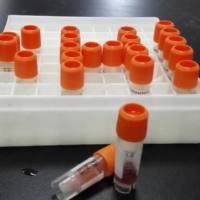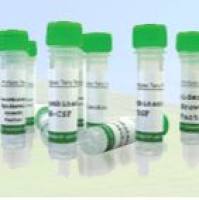Fluorescence In Situ Hybridization (FISH) for Identifying the Genomic Rearrangements Associated with Three Myelinopathies: Charcot-Marie-Tooth Disease
互联网
互联网
相关产品推荐

鱼肝微粒体 Fish Liver Microsomes 药物代谢稳定性实验/ADME实验/药理和药代相关实验
¥680

An12g08930/An12g08930蛋白Recombinant A_s_p_ergillus niger A_s_p_ergillus niger contig An12c0300, genomic contig (An12g08930)重组蛋白/蛋白
¥2328

N-Butyldeoxynojirimycin,72599-27-0,film (dried <i>in situ</i>),阿拉丁
¥4326.90

甘氨酰tRNA合成酶(GARS)检测试剂盒CMT2D; CMT2-D; DSMAV; GlyRS; SMAD1; EJ; Charcot-Marie-Tooth Neuropathy 2D; Glycine tRNA Ligase; Diadenosine tetraphosphate synthetase; AP-4-A synthetase
¥800

Recombinant Human Charcot-Leyden Crystal Protein
¥1080
相关问答

